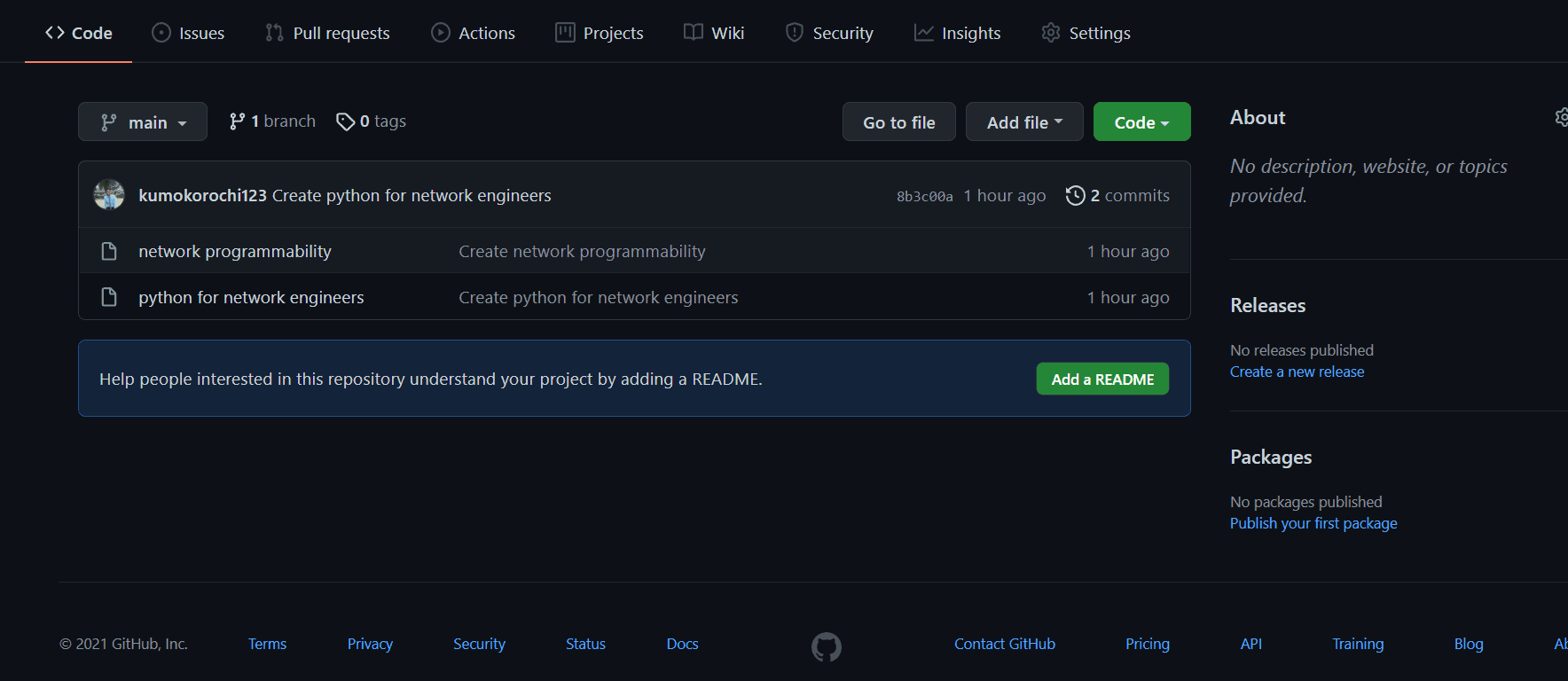Network programmability has been the latest trend in the networking industry over the past few years. Enterprises and organizations are moving from traditional IT networking to Software-defined networking because of network programmability.
Network programmability is described as a set of software tools for network engineers for provisioning, managing, and troubleshooting networks We will discuss various methods for network programmability, such as Git, GitHub, CI/CD, and Python.
Python
Python is one of the most popular programming language globally, and it is commonly used by most IT service vendors and enterprises for the network programmability of network devices. It is relatively easy to learn because of its simplicity, and many training resources are available.
Studying python for network automation has its advantages. The python scripting language is human-readable, open-source, can be installed on all popular operating systems, and it is easy to find network automation code examples because of its popularity.
Git
Git is a distributed version control system that tracks changes in source code and files. It is free and open-source that is typically used for software development and network programmability. It can also provide version control for any type of file. It allows you to store and save your codes in a repository while also having tools to collaborate with others easily.
Programmers and developers usually use it for collaboration and source code development during software development. Git is a content tracker that tracks your stored content for any changes made by any parties you are collaboratively working with. It uses a local and remote repository. This means that files are saved on a local server and are also saved on the developer’s local computer.
GIT also allows you to branch. Branching enables developers to branch out from the original code or main branch and isolates their work from others. When we add more and more files to Git, these files can change. Git keeps track of all changes.
In summary, Git is an excellent tool for storage and tracking of codes for open source projects and collaboration with others because it lets others have access to your codes, performing tests and making alterations as you push them to GitHub, without modifying the master copy while tracking all the changes that had been made. Because of this, the code can be worked on by multiple developers simultaneously.
GitHub
GitHub is a web-based repository for code. It allows you to create and manage Git repositories and have a project directory to manage your files. GitHub lets you and others work on projects together, such as network programmability from anywhere.
A GitHub repository can be private or public, so you can choose who can see and edit your content. One useful feature of using GitHub is rating and giving feedback on other developers’ code, as peer review is encouraged in the coding community. Below is an example of Git repositories on GitHub.
It also features GitHub Actions, a continuous integration and delivery (CI/CD) platform that enables build, test, and deployment pipeline automation. With GitHub Actions, you can create a workflow file that can run on virtual environments, which you can use to build and test a pull request to your repository or deploy merged pull requests to production.
CI/CD
CI/CD means Continuous Integration and Continuous Delivery, and it is a set of operating principles and practices that permits application development teams to deliver code changes for network programmability more frequently and reliably.
It is one of the best practices for DevOps teams to enforce. CI/CD is an agile methodology and it allows software development teams to concentrate on the business requirements, code quality, and security since the deployment steps are automated.
The CI on CI/CD stands for Continuous Integration. Continuous Integration is the process of taking any code changes from one or more developers working on the same code or project and merging those changes back into the main branch or main code by building and testing the code. The process is continuous and is usually triggered when the developers check-in code changes to the code repository.
The main purpose of CI is to ensure that the main code branch continues to be healthy throughout the build activity. Any changes introduced by the various developers working on the code shouldn’t conflict and interrupt the build. Frequent changes are more efficient than rolling them up into large change windows.
The CD on CI/CD stands for continuous delivery. It is an extension of continuous integration since it automatically deploys all code changes to the testing and/or production environments after the build stage, meaning that on top of automated testing, you have an automated release process, and your application can be deployed any time through a click of a button.
Download our Free CCNA Study Guide PDF for complete notes on all the CCNA 200-301 exam topics in one book.
We recommend the Cisco CCNA Gold Bootcamp as your main CCNA training course. It’s the highest rated Cisco course online with an average rating of 4.8 from over 30,000 public reviews and is the gold standard in CCNA training:

